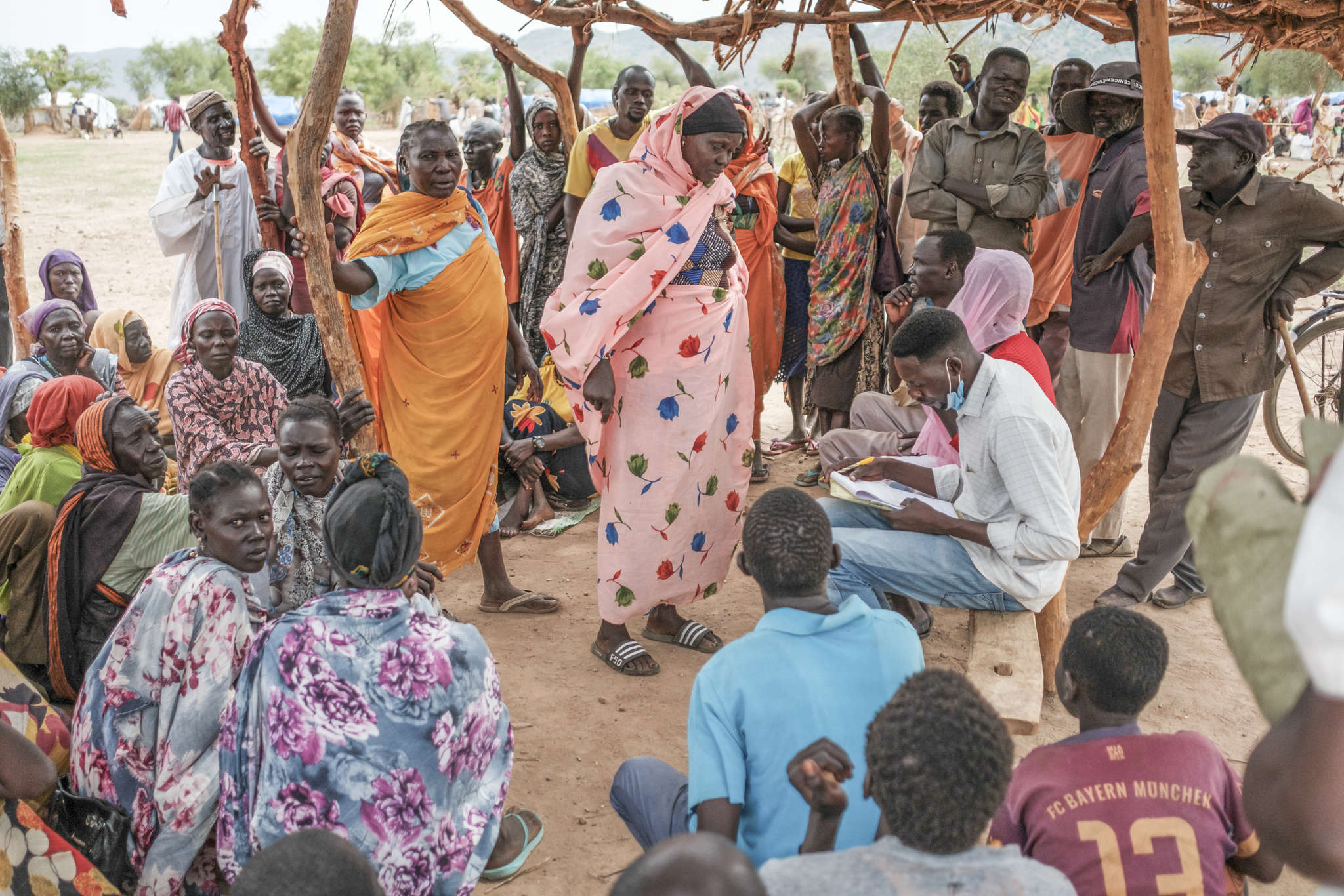No one hears us: A window into the lives of Syria’s youth

Imagine growing up in a war zone — instead of developing your identity and worrying about your schoolwork, you live in constant fear of losing your life, or your family.
This is the reality for millions of children and youth living inside Syria as the brutal war continues around them. They face unimaginable challenges at every turn. Food and water shortages are frequent, electricity and healthcare are hard to come by, and school is constantly interrupted.
The consequences of war make for an isolating existence. Many parents keep their children at home every day, for fear of the dangers that lurk just outside.
Half of Syria’s children have been forced to flee their homes, and an estimated 5.6 million are in need of humanitarian assistance.
Mercy Corps’ new report, No One Hears Us, presents results from an adolescent assessment that collected more than 450 interviews with young people and community members in Syria. We found that adolescents living through the war feel hopeless, isolated and disenfranchised.
Young Syrians are learning to cope at the Young People’s Cultural Center, a local community initiative, supported by Mercy Corps, where youth have learned to express themselves through art.
Mercy Corps currently supports four community-led youth centers inside Syria. Each center uses an approach tailored to adolescents and the local community. The programs are also aligned with our other work with adolescents in the region, spanning across Lebanon, Jordan and Iraq.
We asked adolescents to talk to us about their experiences. The results offer a rare glimpse into the lives and emotions of youth who are growing up against the backdrop of violence.
Salma, 15
Like many young Syrians, 15-year-old Salma says she’s “afraid of airplanes and shelling and having to run at night. I get nervous at night.”
But her confidence is growing. At the youth center, she enjoys studying French, English, technology and first aid — as well as making friends and playing games.
“I used to be a shy person and now I have lots of friends and I’m having fun,” she says. When she grows up, Salma wants to be a surgeon and help others.
During an art session, Salma drew a house and flowers. “This drawing represents happiness to me, and I love to be happy.” On the drawing, she’s written in Arabic, ‘Don’t judge my life, because you don’t know my reasons. And don’t judge my reasons, because you don’t know my life.’
Leyla, 15
Salma’s best friend is 15-year-old Leyla, who came to the area after she was forced to flee her own village because of fighting there.
When asked what her favorite game is, she doesn’t reply. Prompted gently “you don’t play?” she answers “no.” But she tells us that she does enjoy English and French lessons, and wants to be a French teacher when she grows up.
Expressing herself through drawing, she depicted flowers because she says they “represent love and forgiveness.”
The picture is adorned with Arabic proverbs — ‘Nice handwriting makes a book beautiful,’ ‘Death is no longer terrifying because this life is so terrifying,’ and ‘The most beautiful thing in life is to smile when the tears are in your eyes.’
Half of the children who attend the youth center come from displaced families. The center offers psychosocial support and counseling to young people like Leyla to help them deal with their experiences.
Zeina, 15
Zeina fled her home two and a half years ago. “It’s better here than where I came from,” she says, even with difficult electricity and water shortages.
She heard about the youth center from a friend and has been coming ever since. “I got to meet new friends, and use a computer, and learn how to draw. Everything is new and exciting in the center.”
Our adolescent assessment found that both male and female adolescents face severe restrictions on their freedom as their parents become more overprotective due to the war.
But girls tend to face the most extreme restrictions. They are often stuck inside the family home and have few opportunities to see friends, attend school, or express themselves.
The youth center offers girls like Zeina the opportunity to have fun outside the home, make friends, express themselves and bolster their education.
Zeina drew butterflies during an art session. “They represent friendship, freedom and serenity,” she says. Zeina also wrote on her drawing: ‘friends are forever.’
Sara, 15
Sara enjoys expressing herself through photography. She took a photo of a brightly painted wall at the youth center. “The graffiti says ‘tomorrow is better.’ I took it because I like to fill my life with hope and happiness,” she says.
Sara tells us that her biggest hope is for peace, and to live in security. She feels she has grown in self-confidence by coming to the youth center. “I had low self-esteem and now I don’t.”
As we learn more about the fear and sadness these young Syrians are experiencing, we also see their extraordinary resilience in the face of violence and trauma. They are determined to find happiness, dream for the future, and make lifelong friends.
These are the young people who will ultimately rebuild their country. We can help them by providing opportunities for them to express themselves, explore and realize their full, and inspiring, potential.
The youth center that these young people find hope in is just one place of refuge. The need for more is only too great.
To learn more about adolescents inside Syria, download our new report: No One Hears Us ▸
Note: Names of the adolescents have been changed out of concerns for their safety.


